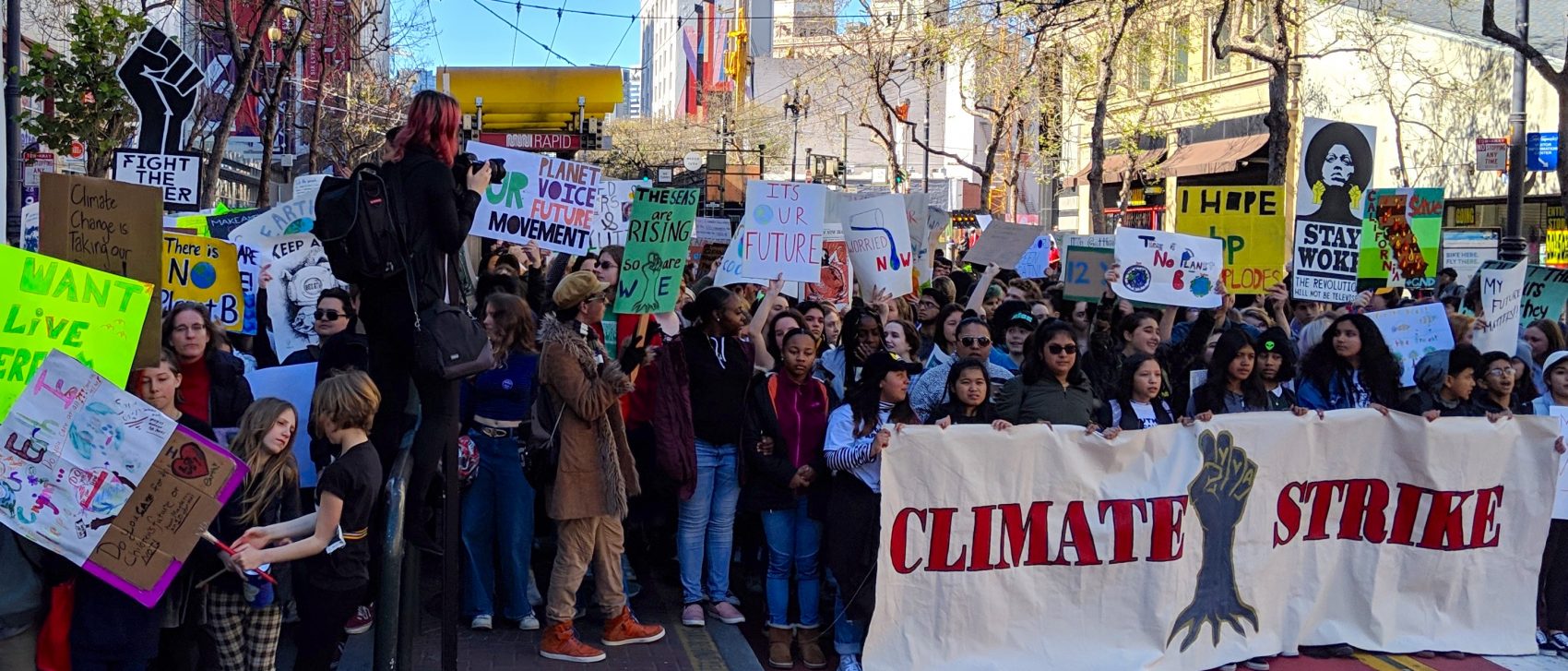Editorial for Issue 17 of Socialist Revolution magazine, originally published here on 31 August. The climate is already in revolt. Now it’s up to the workers and youth of the world to rise up to bring down the entire system.
On 2 August, Greenland lost 12.5 billion tons of ice to melting—the biggest single-day loss in recorded history. As NASA oceanographer Josh Willis explained to the New York Times:
There is enough ice in Greenland to raise the sea levels by 7.5 meters, that’s about 25 feet, an enormous volume of ice, and that would be devastating to coastlines all around the planet. We should be retreating already from the coastline if we are looking at many meters [lost] in the next century or two.
In many parts of the world, this is no longer a perspective but a reality. Indonesia’s capital, Jakarta, a coastal metropolis of 10 million people, is one of the fastest-sinking cities on Earth. Large sections could be entirely submerged in the Java Sea by 2050. The danger is so imminent that Indonesian president Joko Widodo has announced plans to build a new capital city on the island of Borneo. And in Vietnam, it is estimated that within fifty years, as many as 12 million people could be displaced by flooding in the Mekong Delta.
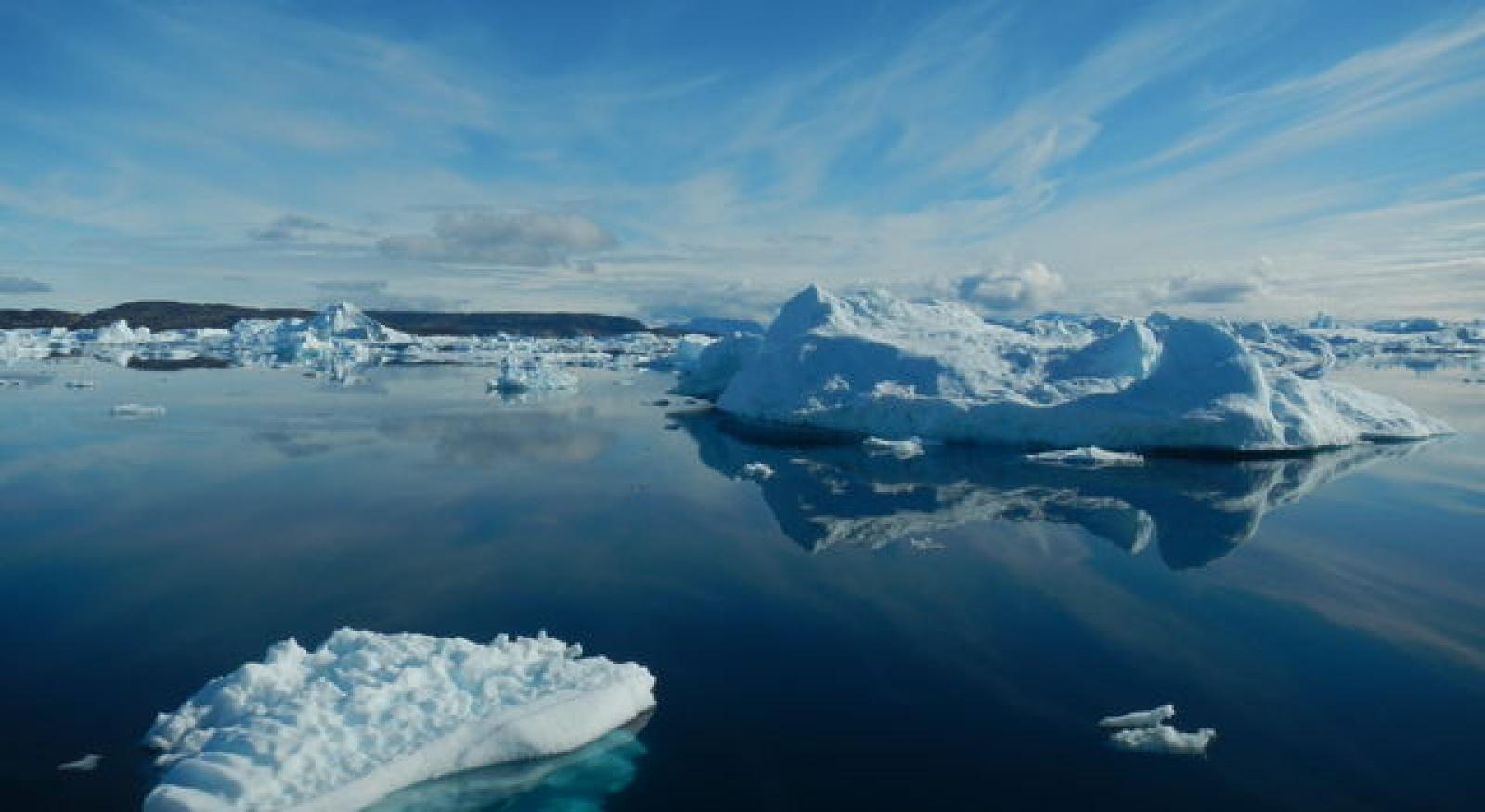 In many parts of the world, the effects of climate change are no longer a perspective but a reality / Image: NASA
In many parts of the world, the effects of climate change are no longer a perspective but a reality / Image: NASA
The UN Paris Agreement, adopted in December 2015, aims to keep global warming below 2°C and, if possible, to 1.5°C above pre-1850–1900 levels. But even these levels will mean incalculable devastation to the environment. Even a 1.5°C rise will lead to the destruction of between 70 percent and 90 percent of reef-building corals worldwide. And 2°C will mean the death of fully 99 percent of tropical reefs. As 25 percent of all marine life depends on corals, the chain reaction would do far more than ruin your next snorkeling adventure.
Furthermore, climate change will not be linear. It will not mean a uniform “warming” by 2°C worldwide. Unpredictable fluctuations from hot to cold, from wet to dry will torture the planet and its inhabitants. Cities like Madrid, which currently averages 28°C (82.4°F), could see average temperatures rise closer to 36°C (96.8°F). The Sahara Desert will expand northward, and England’s weather will be like Barcelona’s today.
The infrastructure we have built up over centuries will be unable to cope with the suddenness of these changes. Vast populations without air conditioning or central heating will alternately roast or freeze, often literally to death. Agricultural land and fisheries will be ruined as both flooding and droughts transform the landscape. Wineries will spring up in Scotland while regions like Bordeaux and Burgundy go barren. The Amazon Forest will continue to shrink as cattle ranchers and soybean conglomerates torch the “lungs of the planet” to clear more land for industrial farming. And millions will be displaced in the most massive forced migrations in human history.
The Earth’s climate changed long before humans accelerated the process, and it will continue to change long after we’ve disappeared from its face. The real question, therefore, is whether or not we can prolong our species’ stay into the next century.
Colossal investment needed
Surely, the world’s leaders will come together to avert this dystopian nightmare? Isn’t the Paris Agreement supposed to tackle all of this?
With an economic crisis imminent and politics in turmoil everywhere, the last thing the “leaders” of the world are about to do is “come together” to solve climate change. Trump’s middle-finger no-show to the G7’s discussions on the topic was a clear expression of this reality. It’s every capitalist for him or herself in this epoch of crisis and instability.
Scott Denning, who studies the warming atmosphere at Colorado State University, explained:
Solving the problem by 2030, 2040 or 2050 requires a new global energy infrastructure, which is arguably easier and less expensive than past infrastructure shifts like indoor plumbing, rural electrification, the automobile and paved roads, telecommunications, computers, mobile phones or the internet.
All of these past changes cost tens of trillions of dollars, adjusted for inflation. All of them were hugely disruptive. All of them took a decade or more, completely changed the industrial and economic and social landscape, and created bursts of growth and productivity and jobs. And arguably, all of them made life better for huge numbers of people.
In relative terms, such a formidable transformation may well be “easier and less expensive” than previous upgrades to humanity’s infrastructural scaffolding. But it will still require trillions of dollars. Those who hold those trillions are not about to pour them down what they see as a profitless drain. Furthermore, these technologies were only developed because they were profitable and enjoyed massive state subsidies.
As an example, let’s not forget that the critical elements of the Paris Agreement are non-binding and, as a result, an unenforceable farce. Carbon reductions are contingent on a voluntary “buy-in” by the pact’s signatories. But the only thing capitalists voluntarily “buy into” is making profits.
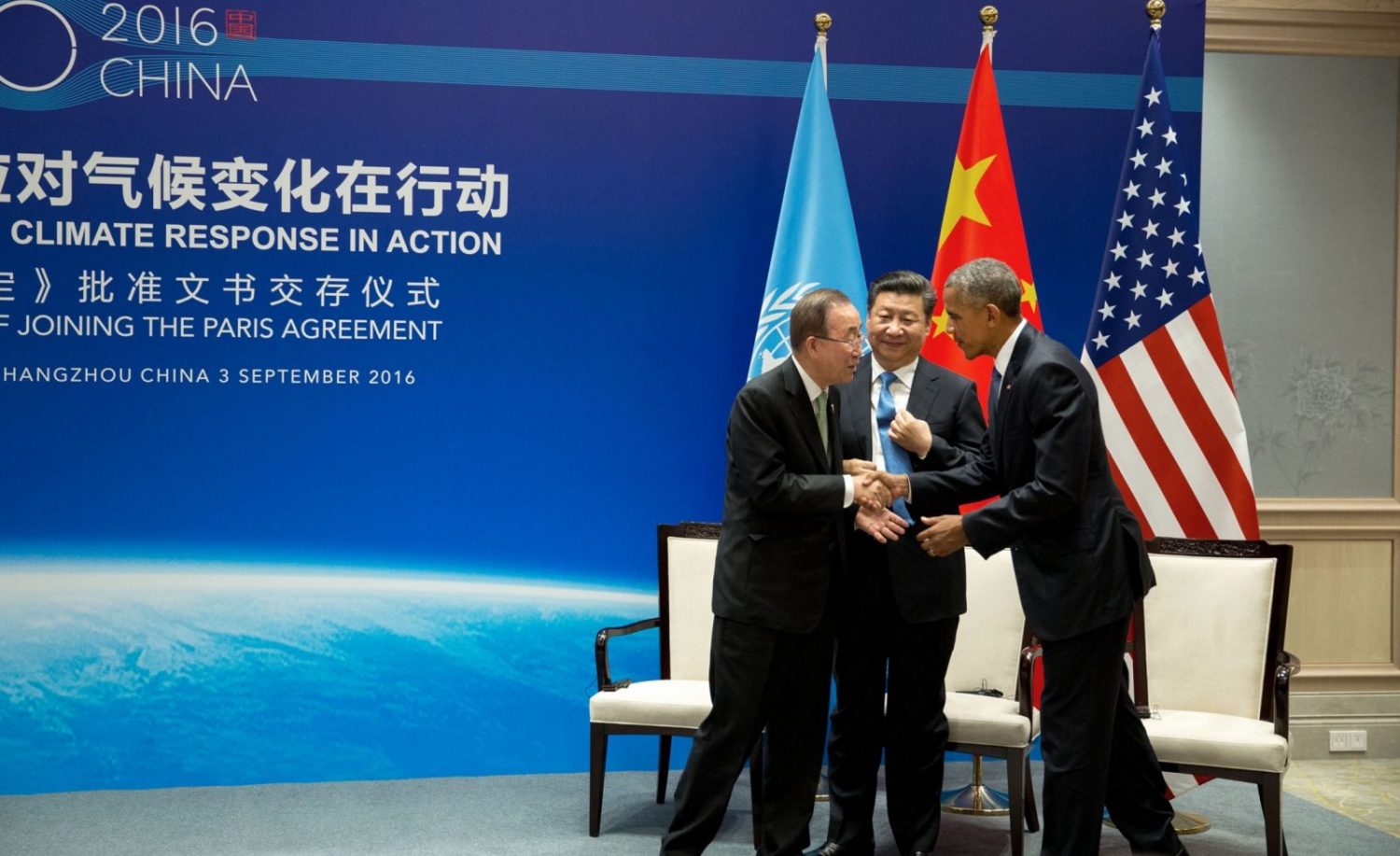 Let’s not forget that the critical elements of the Paris Agreement are non-binding and, as a result, an unenforceable farce / Image: Pete Souza
Let’s not forget that the critical elements of the Paris Agreement are non-binding and, as a result, an unenforceable farce / Image: Pete Souza
The number of patents filed for climate change mitigation technologies is another example. Between 2005 and 2012, such patents more than doubled. However, according to the International Energy Agency and OECD, new filings for carbon capture and storage and clean energy patents are down 44 percent and 29 percent, respectively, from their peaks—at a time when global patents generally are booming. Stephan Ouaknine, president of the clean-tech global investment fund Inerjys, offered this analysis: “It’s a massive problem for the climate. Right now, new climate technologies are caught in a bankability trap: no one will buy them until they are commercially proven, yet they aren’t proven until they are used commercially.”
The whole of humanity is, indeed, caught in a “bankability” trap. Being seen as “green” may make for good corporate PR these days, but the only green big business truly cares about is the almighty dollar.
Furthermore, the capitalists are incapable of coordinating their efforts globally, as the continued existence of the nation-state and the market economy pits them in a life-and-death competition against one another.
Only the international working class can tackle the climate crisis and bring about an end to borders, classes, and the state once and for all.
NASA was formed to assure the supremacy of US imperialism over the Soviet Union in space. Massive state investment was needed because the private sector could not compete with the planned economy of the USSR, which achieved miracles in spite of the parasitic Stalinist bureaucracy. In 1966, at the height of the postwar boom, over 4 percent of the US federal budget went to NASA. Today, given the generalised crisis of capitalism and the relentless drive towards privatising everything, it receives less than half of one percent.
Retooling the entire planet will require far greater investment and coordinated effort than the moon landing. Ordinary workers instinctively understand this. A recent study by the Pew Research Center found that a majority of Americans think NASA’s top priority should be to monitor key parts of Earth’s climate system rather than sending someone to Mars.
The climate is a world system: hurricanes, cyclones, and wildfires don’t respect borders. As Josh Willis, the NASA oceanographer put it: “Greenland has impacts all around the planet. A billion tons of ice lost here raises sea levels in Australia, in Southeast Asia, in the United States, in Europe. We are all connected by the same ocean.”
AOC’s Green New Deal seeks to put this issue on the national agenda. Bernie Sanders has made climate change a centerpiece of his presidential campaign, saying: “[We have] less than 11 years left to transform our energy system away from fossil fuels to energy efficiency and sustainable energy if we are going to leave this planet healthy and habitable.”
As far as these proposals go, we support them, at least in their motivation. But the problem is that they don’t go very far at all. Their fatal flaw is that they restrict themselves to capitalist limits and depend on the goodwill of the capitalists themselves to “do the right thing.” Appealing to the “better angels” of the rich has never worked. Not once has any ruling class willingly given up its wealth, privileges, and power—though the liberals and reformists refuse to accept this fact. The collective resources of entire countries, and ultimately, the whole planet will be needed to ease the transition—something capitalism cannot deliver.
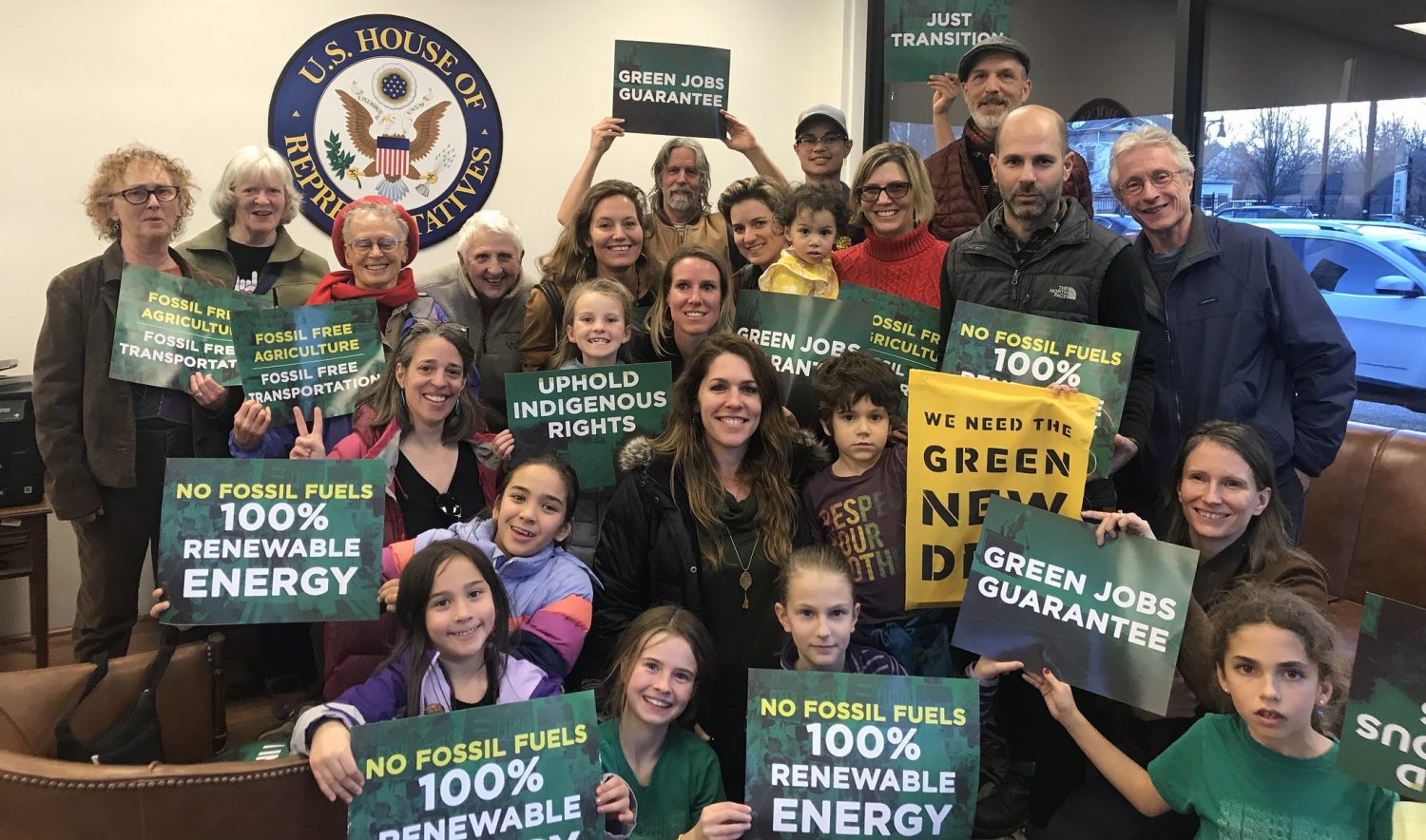 The fatal flaw of the Green New Deal and similar proposals is that they restrict themselves to capitalist limits and depend on the goodwill of the capitalists themselves to “do the right thing” / Image: 350.org
The fatal flaw of the Green New Deal and similar proposals is that they restrict themselves to capitalist limits and depend on the goodwill of the capitalists themselves to “do the right thing” / Image: 350.org
One thing is clear: whatever forms climate disruption takes, the next few decades will mean an unprecedented transformation of life on Earth as we know it.
Marxists and the environment
Of course, for pretty much everyone alive today, “life as we know it” has always meant life under capitalism. But the system has not always reigned supreme and will not rule us forever. Private ownership of the means of production is not the “natural order of things.” In reality, capitalism has only dominated the planet for a few hundred years at most. It was humans who created capitalism—not consciously, it’s true—but we built it, nonetheless. And we can and will replace it with something better.
Some people claim that Marxists “ignore” environmental questions. Let’s let Friedrich Engels speak for himself. In his outstanding essay, The Part Played by Labour in the Transition from Ape to Man, he made the following observations:
Let us not, however, flatter ourselves overmuch on account of our human victories over nature. For each such victory, nature takes its revenge on us. Each victory, it is true, in the first place brings about the results we expected, but in the second and third places, it has quite different, unforeseen effects which only too often cancel the first.
The people who, in Mesopotamia, Greece, Asia Minor and elsewhere, destroyed the forests to obtain cultivable land, never dreamed that by removing along with the forests the collecting centers and reservoirs of moisture they were laying the basis for the present forlorn state of those countries.
When the Italians of the Alps used up the pine forests on the southern slopes, so carefully cherished on the northern slopes, they had no inkling that by doing so they were cutting at the roots of the dairy industry in their region; they had still less inkling that they were thereby depriving their mountain springs of water for the greater part of the year, and making it possible for them to pour still more furious torrents on the plains during the rainy seasons.
Those who spread the potato in Europe were not aware that with these farinaceous tubers they were at the same time spreading scrofula.
Thus at every step we are reminded that we by no means rule over nature like a conqueror over a foreign people, like someone standing outside nature—but that we, with flesh, blood, and brain, belong to nature, and exist in its midst, and that all our mastery of it consists in the fact that we have the advantage over all other creatures of being able to learn its laws and apply them correctly.
The above clearly shows that the founders of scientific socialism were keenly aware of the precarious balance and contradictory connections between humans and our environment. In fact, Marx and Engels’s entire economic and historical worldview is premised on analyzing that dialectical dynamic. If they did not spend much of their time predicting the environmental chaos capitalism would unleash, it was because they expected a worldwide socialist revolution would transform the planet in their lifetimes. But capitalism proved more resilient than they anticipated.
What was missing in one revolutionary opportunity after another over the last century was leadership. Not just any leadership, but one rooted in Marxist theory, prepared in advance, and willing to surmount all obstacles and transcend the limits of capitalist property relations. Only the Bolsheviks in Russia pulled all the necessary objective and subjective threads together. However, due precisely to the lack of a revolutionary Marxist leadership elsewhere, the revolution failed to spread. Capitalism was granted another lease on life—even though its “best by” date had passed. Every day since has come at an incalculable human and environmental cost.
Climate struggle is class struggle: the fight for socialism in our lifetime
Dan Coats, the director of national intelligence, recently warned in the annual “Worldwide Threat Assessment,” that “global environmental and ecological degradation, as well as climate change, are likely to fuel competition for resources, economic distress, and social discontent through 2019 and beyond.”
In other words, climate change and the challenge of surviving it is already a central factor in the class struggle. The class struggle, in essence, is the struggle between and within the exploiting and exploited classes over natural resources and socially produced wealth. When there is not enough to go around, people will fight over what is available.
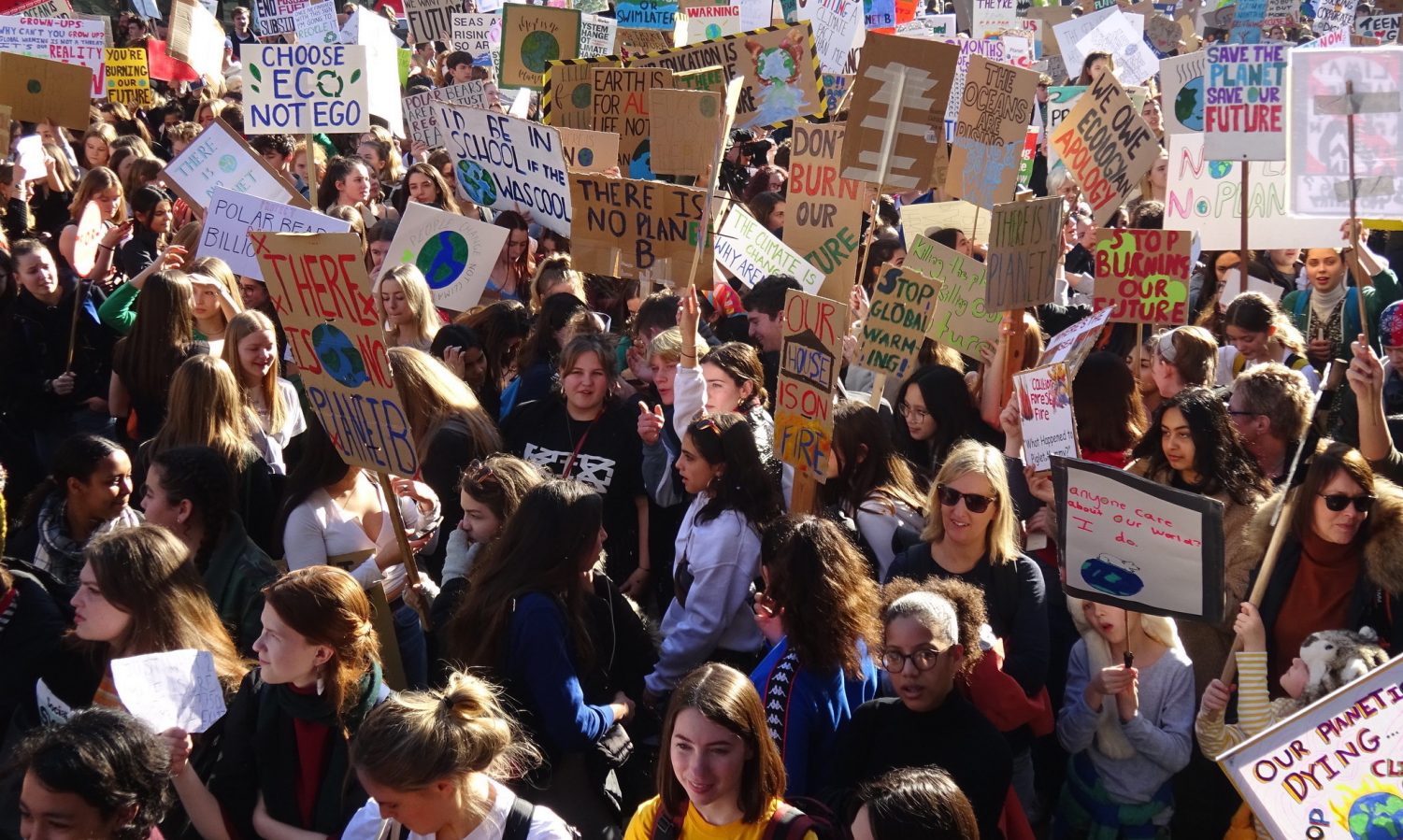 Climate change and the challenge of surviving it is already a central factor in the class struggle around the world / Image: David Holt
Climate change and the challenge of surviving it is already a central factor in the class struggle around the world / Image: David Holt
Capitalism is based on extravagant wealth for the few and artificial scarcity for the many. The climate crisis is merely exacerbating the inherent inequalities of the system. The rich foolishly imagine that they will survive in luxury in their gated communities, while the poor are left to starve and drown—but the masses are not about to give up without a fight.
By some estimates, we have just over a decade or so to get a handle on carbon emissions before an irreversible tipping point is reached. A sense of urgency is, therefore, needed—but not a sense of panic. There is a solution, and humanity has the power to make it happen.
We will never achieve total domination of nature—the infinite universe is too vast for such hubris. But we can do a damn sight better than we are doing today when it comes to harnessing the power of the planet in our collective interests.
A rational plan of production, distribution, and exchange, in harmony with the environment, is the only way forward for our species. Only a planned economy can mobilise the resources necessary to mitigate the effects of climate change. But you cannot plan what you do not control. The only way to assert control over the means of production is through ownership. Since the capitalists privately own the key levers of the economy, they make all the real decisions affecting the climate. Such a transfer of property from one class to another can only come about through revolutionary means.
A recent Gallup poll found that 58 percent of Americans ages 18 to 34 think socialism is “good for the country.” The real “silent majority” of Americans is in favor of socialist policies, whether they label them “socialist” or not. Most workers believe that access to quality jobs, healthcare, education, housing, nutrition, and leisure time are rights, not privileges. But we are silenced by our lack of political and organisational representation. In the coming years, through the collective efforts of millions, we will succeed in building a mighty socialist workers’ party and powerful unions that reject class collaboration.
The youth are already on the move to change society—and the youth are the future.
From the US to Britain to Italy to Denmark and beyond, the climate crisis has moved millions of young people into action. Greta Thunberg’s passionate and urgent appeal has struck a chord. While the establishment wants to co-opt her into liberal-reformist impotence, the youth have already moved beyond their direct control. They will not let those who created the current mess in the first place tell them how to fix it.
The inspiring worldwide student walk-outs on March 15 showed what was possible. On September 20, the movement will ratchet up to an even higher level. Socialist revolution is the central strategic task of the epoch. The climate is already in revolt. Now it’s up to the workers and youth of the world to rise up to bring down the entire system.
